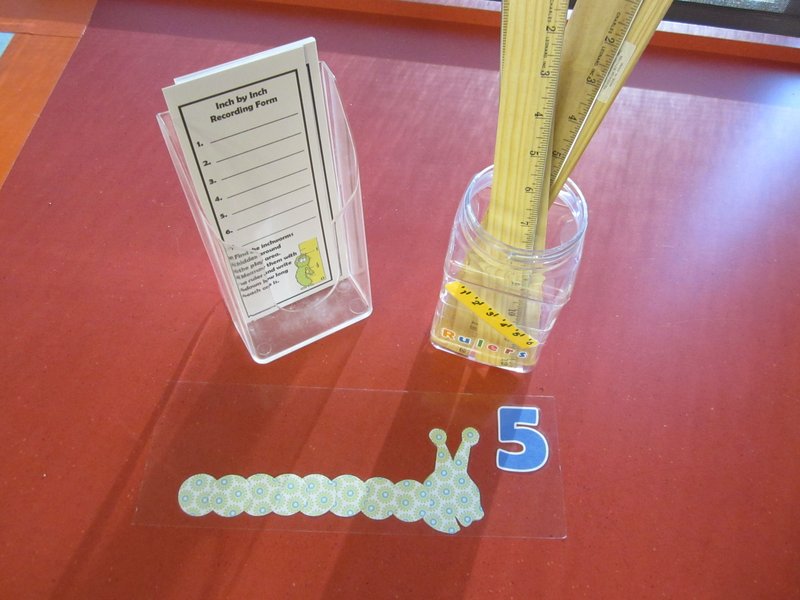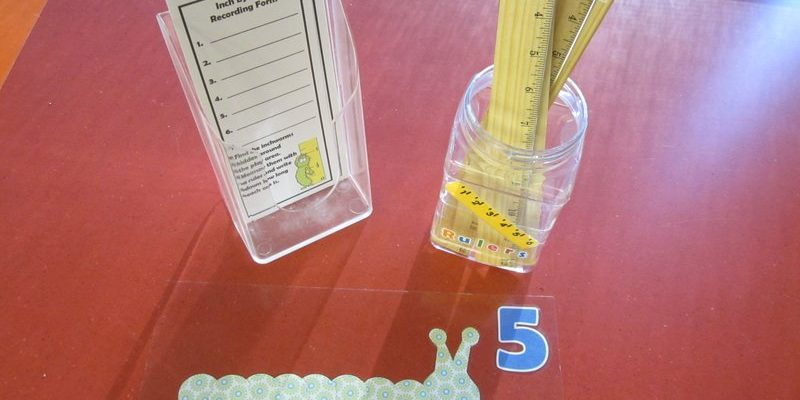
Here’s the thing: inchworms can serve as a fantastic gateway into discussions about life cycles, ecology, and even physics. By observing inchworms in action, students can grasp fundamental scientific concepts in a way that textbooks simply can’t provide. Plus, they get to interact with living creatures, making lessons lively and memorable. So, let’s dive into how you can incorporate these marvelous little worms into your educational activities.
What Are Inchworms?
Before we jump into lesson plans, let’s clarify what inchworms are. Inchworms, also known as measuring worms, aren’t actually worms at all; they’re the larvae of certain moths. Their unique way of moving—arching their bodies and then bringing their rear end forward—makes them look like they’re measuring the ground as they go along. This characteristic motion is not only fascinating to watch but is also a springboard for numerous educational discussions.
Inchworms can typically be found in wooded areas, gardens, and even on our back porches. You might see them during spring and summer, when they’re most active. Their natural habitat is essential for understanding concepts like ecosystems and food chains. When you introduce inchworms into your classroom, you’re not just bringing in a creature; you’re opening the door to a world of exploration and learning.
Setting Up Your Inchworm Observation Station
Creating an observation station for inchworms can be a straightforward and engaging project. You’ll need a few basic supplies:
- A clear container with air holes
- Some small twigs or leaves for the inchworms to climb on
- A notebook for students to record their observations
Start by placing twigs and leaves in the container. This setup mimics the inchworm’s natural environment, making it less stressful for them. As students observe, encourage them to take notes on how the inchworms behave, what they eat, and how they move. This not only promotes active participation but also develops their observational and critical thinking skills.
You might want to set specific objectives for your observation days. For instance, challenge students to determine which type of material inchworms prefer for climbing. This approach teaches them about the scientific method—hypothesis, observation, and conclusion—all while having fun with their tiny friends.
Incorporating Biology Lessons with Inchworms
Inchworms provide an excellent opportunity to cover essential biology topics. You can start by discussing their life cycle, from egg to larva and then to pupa, all the way to adult moth. This lesson can open up conversations about metamorphosis, a critical concept in biology.
Use diagrams to illustrate the stages of an inchworm’s life cycle and have students label each part. Then, encourage them to create their own models, using materials like paper or clay. Here’s a fun idea: have students write a short story from the perspective of an inchworm, detailing its journey through its life cycle. This exercise adds a creative twist while reinforcing their understanding of the biological concepts at play.
Moreover, you can relate the inchworm’s biology to broader topics, such as adaptations and survival tactics. Discuss how inchworms use their unique movement to evade predators. This exploration not only deepens students’ knowledge of biology but also encourages critical thinking about how organisms adapt to their environments.
Ecology and Environmental Science with Inchworms
Inchworms also serve as an excellent tool to spark discussions about ecosystems and biodiversity. You can explore their role in the food chain—who eats them, and what they eat. This can lead to engaging discussions about ecological balance and the importance of every organism in an ecosystem.
Take it a step further by encouraging students to research other insects and compare them to inchworms. This research can develop a deeper understanding of biodiversity. You might ask them questions like, “How do different insects contribute to their environments?” or “What would happen if inchworms disappeared from their habitats?” This kind of inquiry can ignite passion for environmental science, showing students how interconnected everything is.
If you have access to a garden or outdoor space, consider organizing a field trip where students can observe inchworms in their natural habitat. This hands-on experience will make the lessons richer and more memorable, allowing students to connect the dots between classroom concepts and real-world applications.
Physics in Action: Measuring and Motion
Believe it or not, inchworms can even help teach basic physics concepts! Their unique locomotion can be a fun way to explain movement and balance. You can challenge students to measure how far an inchworm travels in a set amount of time or how its body moves in different directions.
To make this lesson more interactive, set up a small obstacle course for the inchworms. Use small ramps, tunnels, and areas with varying textures. Have your students calculate how the inchworms respond to different obstacles. This not only encourages critical thinking but also introduces basic principles of physics, like gravity and friction.
You can also incorporate mathematical concepts by having students record their findings in charts or graphs. For instance, they can track how fast different inchworms move and analyze the data. This blend of science and math encourages holistic learning and allows students to see the connections between different subjects.
Creating a Classroom Community through Inchworms
Using inchworms in your educational lessons doesn’t just enrich the curriculum; it fosters a sense of community among students. Working together to observe and document the inchworms encourages collaboration. Have students share their findings and insights in group discussions, allowing them to learn from each other.
You might also think about forming small teams that can compete in fun challenges, like who can find the fastest inchworm or who can come up with the most creative inchworm fact. Such activities not only promote teamwork but also instill a sense of friendly competition, making learning even more engaging.
Furthermore, consider using inchworms as a catalyst for discussions about responsibility and caring for living creatures. Teach students the importance of handling inchworms gently and returning them to their natural habitat after observation. This instills values about nature and respecting wildlife.
Inchworms might be small, but they pack a powerful punch in the world of education. They open doors to discussions about biology, ecology, physics, and community involvement, all while making learning fun and interactive. By integrating inchworms into your science lessons, you’re not just teaching facts; you’re sparking curiosity and inspiring the next generation of scientists.
So, whether you’re observing them in your classroom or out in nature, remember that these little worms can be big teachers. It’s all about how you use their unique qualities to ignite interest and passion in your students. Happy teaching, and enjoy your inchworm adventures!

